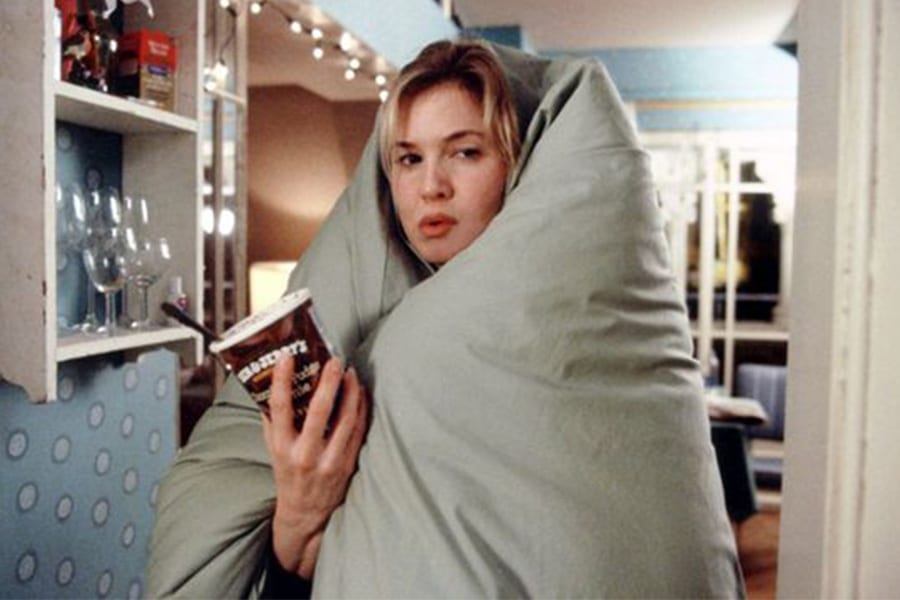
In a plot twist from hell, it seems we have a new Covid-19 variant on our hands. Without sounding the alarms and adding to the panic pile on, the new strain dubbed Omicron has scientists concerned.
But how worried should we be? Is it just another variant that needs to be monitored like C.1.2, or does it pose a larger threat? And will our current vaccines stand up to Omicron? These are the questions we're asking. Especially since here in Australia, restrictions have only just begun to ease with borders slowly but surely sliding open. After almost two years of uncertainty, we wouldn't blame you for feeling uneasy.
It's important to remember that at this stage there are still many unknowns. After all it was only on Saturday, November 27 that the World Health Organisation categorised Omicron as a 'variant of concern'. So as scientists continue to research and learn about the Omicron variant — which first reared its head in the Gauteng province of South Africa, and has now spread — we're keeping our ears and eyes open to bring the latest details as they emerge.
Read on below to find out what we know so far about the Omicron variant.
Why are scientists concerned at about Omicron?
To put it simply, it appears that people who have had previously had Covid-19 could easily become reinfected with Omicron. In a statement the World Health Organisation explained, "preliminary evidence suggests an increased risk of reinfection with this variant, as compared to other variants of concern".
Not only that, but the WHO also relays that Omicron "has been detected at faster rates than previous surges in infection, suggesting that it may have a growth advantage".
What is most curious about the new variant is that Omicron has more than 30 mutations on its spike protein — more than double the number carried by Delta. This is significant as the spike protein is what the virus uses to attach to human cells, and what Covid-19 vaccines teach our immune system to recognise and target.
Still confused? That's more than okay, out of context, this information can seem overwhelming and like us, you haven't devoted years of your life studying epidemiology. What we know is what the experts have said, and that is that there is still weeks worth of research to be done before we can really pin down if this variant is anything to stress about.
Is there a chance this variant might just die out?
Yes. As we've seen with the C.1.2 strain, it's common for different variants to emerge, but what makes them a threat is when they outstrip pre-existing variants in terms of transmission and infection. This means that Omicron would have to overrun Delta, and at the moment while there are indications that this could happen, there is little evidence to support it.
How many cases of Omicron have we detected in Australia?
At the time of writing there have been five cases of Omicron detected in Australia, with the most recent reported on November 30. The latest case is vaccinated and is known to have frequented a series of shopping centres and venues on the Central Coast and in Parramatta, so if you've recently spent time at any of the locations announced by the ABC you're considered a casual contact and should get tested.
Chief Medical Officer Paul Kelly has also made it clear that the five people who tested positive to the Omicron variant in Australia were experiencing "mild or, in fact, no disease".
How do our current vaccines hold up against new strains?
South African scientists are currently investigating the effectiveness of vaccines against Omicron. But for now, the general consensus is that it is far better to be vaccinated than unvaccinated. One reason why we're seeing high infection rates of Omicron in South Africa is due to the regions low vaccination rate, with only 24.1 per cent of the population protected.
Considering that Australia was quick to achieve its vaccination targets, albeit after Delta proved to be an urgent threat and at the cost of our commitments to the Covax fund, we can find solace in the fact that we are sufficiently shielded. At the moment there are also talks about a possible shortening of the time between booster shots from 6 to 3 months, as is the case in the UK. However, Chief Medical Officer Paul Kelly said this would only be implemented if completely necessary.
It's important to note as well, that if it turned out that we needed a new vaccine, both Pfizer and Moderna have indicated that they could have one ready in one hundred days, and early 2022, respectively.
Will this lead to another lockdown in Australia?
It appears that lockdowns are a thing of the past. Today Scott Morrison said he refused to resort to lockdowns in the face of Omicron. "We're not going back to lockdowns, none of us want that."
However, to exercise caution, Scott Morrison has announced that the Federal Government would delay opening borders to international students and skilled migrants by a week. The changes were originally scheduled for December 1. As well as this, the government has also put off reopening travel to Japanese and South Korean tourists until December 15.
Meanwhile, non-Australian citizens travelling from South Africa, Namibia, Zimbabwe, Botswana, Lesotho, Eswatini, Malawi and Mozambique are no longer allowed to enter Australia until the government indicates otherwise.
As for changes to quarantine periods, the general consensus is that it is up to the state governments to dictate their own approach. We know New South Wales and Victoria are requiring all Australians returning from overseas to isolate for 72 hours, while other states have reinstated the mandatory 14 day period of quarantine for international arrivals.
Watch this space for more updates on the Omicron variant as it arrives.
Image: Pinterest



